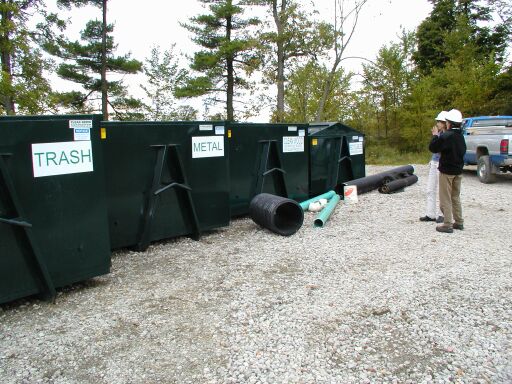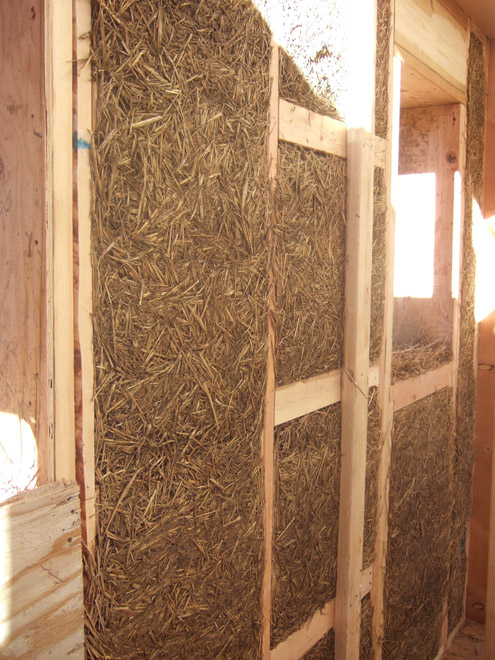What are the practical differences?
When I start a new HERS rating or energy model the first conversation that typically comes up is the strategy for keeping the crawl space dry and mold free. Energy codes, building scientists and lots of bad experiences are collectively pushing us all towards sealed (AKA conditioned or un-vented) crawl spaces. This means bringing the crawl space into the house, into the thermal envelope, more like a half-height basement, so it is kept warm, and therefore dry, and therefore clean.
Please note that I am writing specifically about the region where we work- the mountains. Here it is a heating dominated climate; zones 5, 6 and 7. If we were talking about another climatic area the recommendations might be different.
What are the advantages of sealed crawl space construction?
•Whole house air leakage are typically significantly reduced which saves money on heating and cooling while preventing unconditioned air from entering the home
•Mechanical systems and ductwork located in a sealed crawl space operate more efficiently
•Controlled temperature and humidity increase structural integrity and decrease the possibility of condensation
•Decreased moisture means decreased mold growth
•Odor elimination, better indoor air quality in general
•Less movement and buckling in hardwood floors due to even moisture levels year round
•Fewer rodents and insects living underfoot
•Increased home value or salability
What does this really mean to the builder? Which is better? And at what cost? Pros of building the sealed crawl space:
•Insulation is placed on the walls instead of the floor above
•no penetrations to make between the crawl space and outdoors
•since the floor is no longer the pressure boundary- air sealing is not required
•crawl space hatches do not need to be insulated and gasketed
•Shared expenses with a Radon mitigation system
•creates a conditioned space for storage*
Potential cons of building the sealed crawl space:
•Increases the volume of air in the house that gets heated; this could actually penalize a house in an energy model
•A durable vapor barrier needs to be installed on ground
•Preferably the ground would be insulated too
•Conditioning mechanism needs to be installed, typically; passive vents, circulation fan, exhaust fan or a branch of the HVAC system
•May require the installation of ignition or thermal barrier*
As a designer and energy auditor, here’s my advice: make it a slab on grade if you can. If you cannot, because of soil conditions, topography or ground water, consider making it a full basement.** If you have to have a crawlspace, then make it completely open or make it completely sealed. It’s the typical in-between crawl space that is the real trouble. I could show you several really gross photos of what I have found in crawl spaces, living and dead, but maybe you will just take my word on this one. There is a whole industry developing around the idea of converting existing vented crawl spaces to conditioned crawl spaces. Check out www.coloradobasementsystems.com if you want to see the gross photos!
The main thing to take-away; vented crawl spaces don’t really work as promised. Unless the floor between the house and crawl space is totally sealed with polyurethane foam, then the building occupants will breathe some air from the crawl space. Breathing nasty crawl space air makes people sick.
Mark McLain
Architect & Sustainability Consultant
*If the conditioned crawl space will be used for storage, then foam insulation has to have a 15 minute thermal barrier; which may require installing ½” gypsum board or plywood. If it is not used for storage, then it just requires an ignition barrier; typically 1 ½” of mineral fiber insulation.
**Over the years I have heard many people say that building a full basement in lieu of a crawl space is so easy and cheap it should just be done automatically. That may be true in some cases, but consider the differences before taking that step. Is it legal to create the extra conditioned square footage? Legal stairs and hand rails will need to be constructed, with lighting. More soil will have to be moved. What else will be unearthed in that extra excavation? Of course we will need more concrete, steel, insulation and wall finishes, but also more outlets, lighting, heating, cooling and fresh air. These basement rooms are at least partially underground, what is the quality of that space? People general prefer not to spend a lot of time underground. If some of the rooms are sleeping rooms, then egress will have to be provided as well. The traditional “unfinished” basement is getting harder and harder to do. The building departments want to see these basements sealed up for safety and the lenders want to see real finished spaces ready to be lived in.










